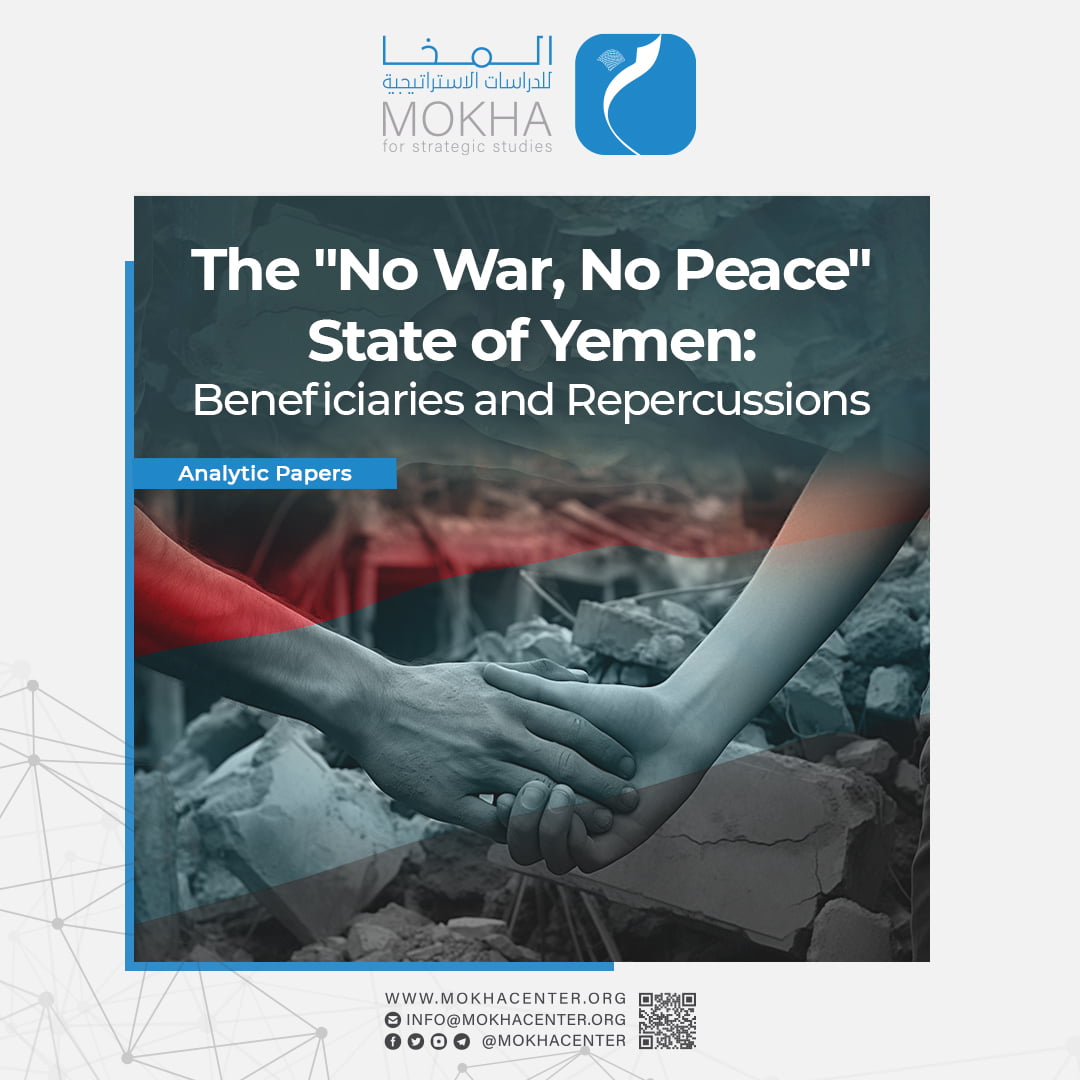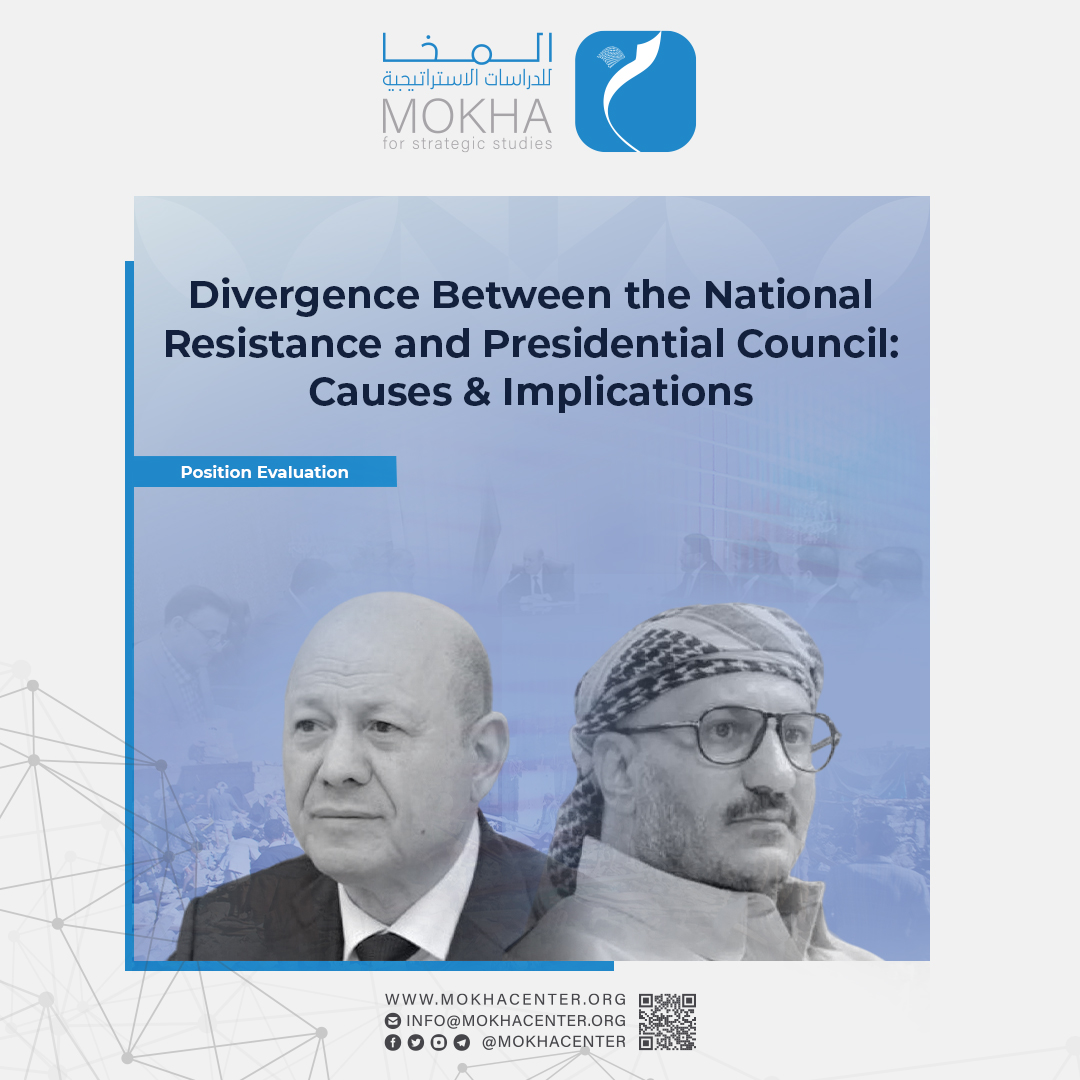The “No War, No Peace” State of Yemen: Beneficiaries and Repercussions Fawzi Al-Ghuwaidi

| Getting your Trinity Audio player ready... |
Introduction:
Since April 2022, Yemen has entered a unique phase of conflict, characterized by a “no war, no peace” status. In this period, there has been no formal truce or ceasefire agreement, yet all parties implicitly accept the status quo. The front lines are no longer active battlefields, but genuine peace remains elusive.
The term “no war, no peace” dates back to the early 1970s when it was first used to describe the state of conflict between Arabs and Israel following Egyptian President Gamal Abdel Nasser’s approval of the “Rogers Initiative”1 in August 1970. This initiative aimed to halt hostilities between Egypt and Israel, resulting in a cessation of fighting without a formal peace agreement2. As a result, life did not return to normal, and the political landscape remained fragmented. This situation mirrors the current state of affairs in Yemen, where everyday life has not fully resumed, political divisions persist, and the economic situation continues to deteriorate.
Opinions on the “no war, no peace” situation vary. Some see it as an opportunity to build lasting peace3, while others consider it a precarious state with worsening political, economic, and social conditions, making it susceptible to a return to violence4 at any moment. Many regions worldwide have experienced similar situations, such as the Laayoune Desert conflict in Morocco, which has endured for nineteen years, and the ongoing dispute on the island of Cyprus between the Turks and Greeks. There is a fear that Yemen’s situation might follow a similar path, with “no war, no peace” persisting without achieving genuine peace and the country’s much-needed security and stability.
The key question is: How did the Yemen war reach this state? In the following discussion, we will attempt to answer this question, uncover who benefits from this situation, and explore its potential consequences.



